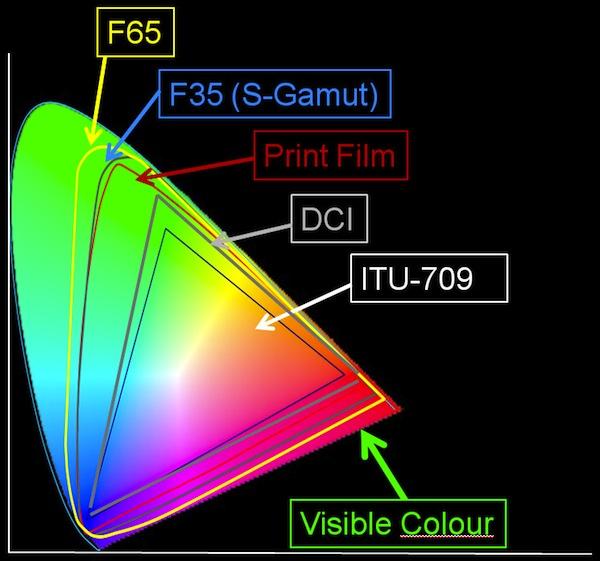What’s Expanded Color and Do I Need to Calibrate My TV for It?

Q Sony has produced some Blu-ray discs that are mastered at 4K resolution and have an expanded color gamut called xvYCC. Is this the same thing as Deep Color or the DCI color space on Panasonic Plasma TVs? Also, do I need to calibrate my TV for xvYCC, Deep Color, or DCI instead of the Rec. 709 color space to see expanded color with these discs?— William Lee via email
A The answer to your first question is no, it’s not. Let’s start with Deep Color, which is a term describing an increase in color bit-depth over the 8-bit system used by HDTV sources and displays (that’s 8 bits each for the red, green, and blue components of the video signal). Deep Color was incorporated into the HDMI standard starting with version 1.3 and allows for 10-, 12-, and 16-bit color depths. To get a sense of how big an impact this can have, the jump from 8-bit to 10-bit color alone increases the number of possible colors that a system can display from 16.78 million to just over one billion.
DCI is a color gamut used for digital cinema that contains a wider range of colors than what’s available in Rec.709, the standard currently used by HDTV sources and displays. (The chart shown above illustrates the differences between Rec.709, DCI, print film, and Sony's state-of-the-art F35 and F65 pro cameras.) The DCI mode on Panasonic plasma TVs you refer to is a feature that enables the set to display colors outside of Rec.709—up to 98% of DCI color space according to Panasonic’s promotional lit.
As for xvYCC (also known as x.v.Color), that’s a specification created by Sony to extend the range of colors beyond what’s available in Rec.709. Sony’s Mastered in 4K discs incorporate metadata describing these extended colors, and when a Mastered in 4K disc is played on an x.v.Color-compatible BD player (according to Sony, only its own player line qualifies) and displayed on an x.v.Color-compatible TV (recent Sony sets that feature Triluminos tech, for example) the expanded range can apparently be seen.
The good news here is that x.v.Color doesn’t involve a shift in the TV’s primary color points—metadata on the disc instructs the TV to “retrieve” the expanded color during playback. For this reason, a separate calibration isn’t required. And you’d want to leave your TV calibrated for Rec.709 anyway, since all current high-def sources—Blu-ray, broadcast HDTV, cable/satellite, etc.—use Rec.709. It’s possible that a future Ultra HD format will have a color space with a wider gamut (Rec.2020, a list of recommended aspects put forth by the International Telecommunications Union for an Ultra HD standard calls for a color space far exceeding even DCI) but those details have yet to be hammered out.




























































